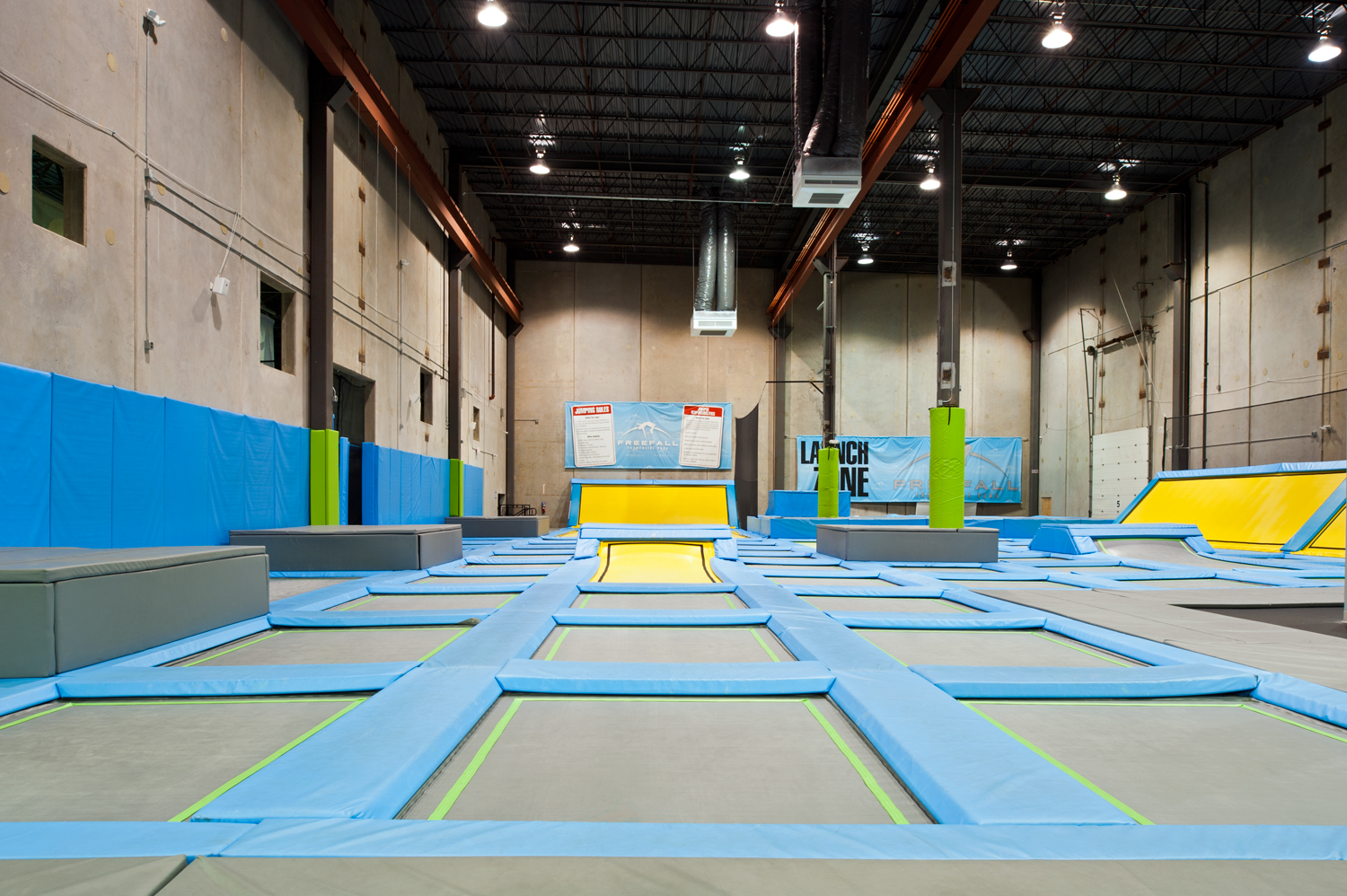
Beyond the horizon, there was only muteness and silence. It defined the limits of communication and understanding. The horizon line was an extremely important element in navigation. Its stability hinges on the stability of an observer, who is thought to be located on a ground of sorts, a shoreline, a boat-a ground that can be imagined as stable, even if in fact it is not. Our traditional sense of orientation-and, with it, modern concepts of time and space-are based on a stable line: the horizon line. How could these changes be related to the phenomena of groundlessness and permanent fall?įirst, let’s take a step back and consider the crucial role of the horizon in all of this. Its stable and single point of view is being supplemented (and often replaced) by multiple perspectives, overlapping windows, distorted flight lines, and divergent vanishing points. On the other hand, we also notice the decreasing importance of a paradigm of visuality that long dominated our vision: linear perspective. We are growing increasingly accustomed to what used to be called a God’s-eye view. One of the symptoms of this transformation is the growing importance of aerial views: overviews, Google Map views, satellite views. Our sense of spatial and temporal orientation has changed dramatically in recent years, prompted by new technologies of surveillance, tracking, and targeting. Hans Vredeman de Vries, plate in Perspective, 1604-1605. In falling, the lines of the horizon shatter, twirl around, and superimpose. And with the loss of horizon also comes the departure of a stable paradigm of orientation, which has situated concepts of subject and object, of time and space, throughout modernity. This disorientation is partly due to the loss of a stable horizon. Traditional modes of seeing and feeling are shattered. While falling, people may sense themselves as being things, while things may sense that they are people.
Freefall trampoline park free#
Pilots have even reported that free fall can trigger a feeling of confusion between the self and the aircraft. The horizon quivers in a maze of collapsing lines and you may lose any sense of above and below, of before and after, of yourself and your boundaries. And it may actually feel like perfect stasis-as if history and time have ended and you can’t even remember that time ever moved forward.Īs you are falling, your sense of orientation may start to play additional tricks on you. Whole societies around you may be falling just as you are. Objects will stay suspended if you let go of them. If there is no ground, gravity might be low and you’ll feel weightless. Falling is relational-if there is nothing to fall toward, you may not even be aware that you’re falling. Paradoxically, while you are falling, you will probably feel as if you are floating-or not even moving at all. But if there is no stable ground available for our social lives and philosophical aspirations, the consequence must be a permanent, or at least intermittent state of free fall for subjects and objects alike. At best, we are faced with temporary, contingent, and partial attempts at grounding. 1 We cannot assume any stable ground on which to base metaphysical claims or foundational political myths.


Many contemporary philosophers have pointed out that the present moment is distinguished by a prevailing condition of groundlessness.


 0 kommentar(er)
0 kommentar(er)
